If you are developing a commercial project, then you must know how important it is to install an HVAC system in place. An HVAC system affects indoor comfort, air quality, and even energy costs.
And in the Philippines, where heat and humidity are high all throughout the year, choosing and installing the right HVAC system can make a big difference in how a building performs.
This is why we bring to you this guide, where we explain the step-by-step process of commercial HVAC installation, right from designing to commissioning, to help building owners and facility managers understand what goes into setting up a reliable and efficient HVAC system.
Step-by-Step Guide to Commercial HVAC Installation
Below are the steps we have outlined for commercial HVAC installation in the Philippines. You can save this guide for future use, or as a checklist for installing HVAC systems, or inspecting one.
1. Site Assessment and Load Calculation
Every successful HVAC installation begins with a detailed site assessment. Engineers visit the location to study a number of factors like the building layout, room size, number of occupants, equipment, and windows. They also consider local climate conditions since humidity and temperature levels in the Philippines can affect the system’s performance.
After gathering data, they perform a load calculation. This helps to determine how much cooling or heating is needed to keep indoor spaces at a comfortable temperature. The calculation also ensures the HVAC system is neither too large nor too small. A properly sized system reduces energy waste and maintains consistent air quality.
2. System Design and Planning
Once the load requirements are clear, the design phase begins. Engineers and architects work together to plan the HVAC layout, including ductwork, air handlers, and ventilation routes.
At this stage, several design decisions are made:
- System type: Centralised, split-type, or VRF (Variable Refrigerant Flow) systems.
- Energy efficiency: Selection of equipment with high energy ratings to reduce power costs.
- Zoning and controls: Dividing the building into zones to manage temperature better.
- Airflow and ventilation: Ensuring proper air circulation to maintain good indoor air quality.
Designers also follow local building codes and energy standards to ensure safety and compliance.
3. Equipment Selection and Procurement
After finalising the design, the next step is selecting the right equipment. The choice depends on the building’s size, purpose, and budget. In commercial settings, common components include:
- Chillers or packaged air conditioners
- Air handling units (AHUs)
- Ductwork and diffusers
- Fans and dampers
- Thermostats and control systems
It’s important to choose durable and energy-efficient units. Brands that meet Department of Energy (DOE) standards in the Philippines are preferred, as they provide better performance and lower electricity bills.
Once the equipment list is approved, suppliers are contacted for quotations and procurement begins.
4. Installation and Ductwork Setup
When materials arrive, installation work begins. This stage is handled by trained HVAC technicians under the supervision of project engineers.
Some of the key tasks here include:
- Positioning indoor and outdoor units: Proper placement ensures good airflow and easy access for maintenance.
- Installing ductwork: Ducts are carefully sealed and insulated to prevent leaks and heat loss.
- Setting up refrigerant lines: Copper piping is used to connect indoor and outdoor units.
- Mounting air diffusers and grilles: These help distribute air evenly throughout the space.
Electrical connections and drainage systems are also installed to ensure smooth operation. Coordination with other trades such as electrical and plumbing teams is essential to avoid delays or conflicts on-site.
5. System Testing and Balancing
Before the system can operate fully, it must be tested and balanced. This involves checking whether all components work as intended. Technicians measure airflow, temperature, and pressure across the system to make sure it matches the design.
If certain areas are not getting enough cooling or heating, adjustments are made. This process ensures even air distribution, optimal comfort, and efficient energy use.
6. Commissioning and Handover
Commissioning is the final stage of the installation process. Here, the system undergoes a complete inspection and performance test. Engineers verify that the HVAC system meets all design and safety standards.
During commissioning, the following steps take place:
- Checking refrigerant levels and system pressure
- Verifying control systems and thermostats
- Recording equipment performance data
- Training building staff on proper operation and maintenance
Once all parameters are met, the system is officially turned over to the building owner. A commissioning report is also provided, which serves as a reference for future maintenance.
7. Regular Maintenance for Long-Term Performance
Even the best-installed HVAC systems need routine maintenance. Filters, ducts, and coils must be cleaned regularly to prevent blockages and maintain air quality. Scheduled inspections help detect problems early, reducing costly breakdowns.
In the Philippines, where humidity and dust are common, regular maintenance also prevents mould growth and system corrosion.
Parting Thoughts
Installing a commercial HVAC system is a very structured process which involves planning, technical expertise and even teamwork. And from design to commissioning, each step ensures that the system runs efficiently, provides comfort, and saves energy.
For business owners in the Philippines, working with a trusted HVAC partner can make all the difference in achieving long-term performance and reliability.
Looking for an expert HVAC installation partner in the Philippines?
Nativ Techniks designs and installs high-performance HVAC systems for commercial and industrial buildings. Get in touch today to plan your next project.
Call us at +63 917 631 0032 or email wecare@nativtechniks.com to get in touch with us.


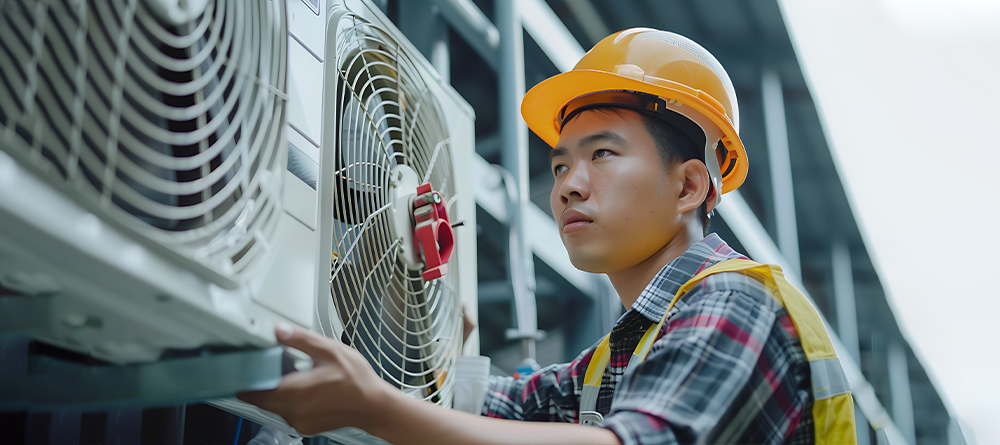
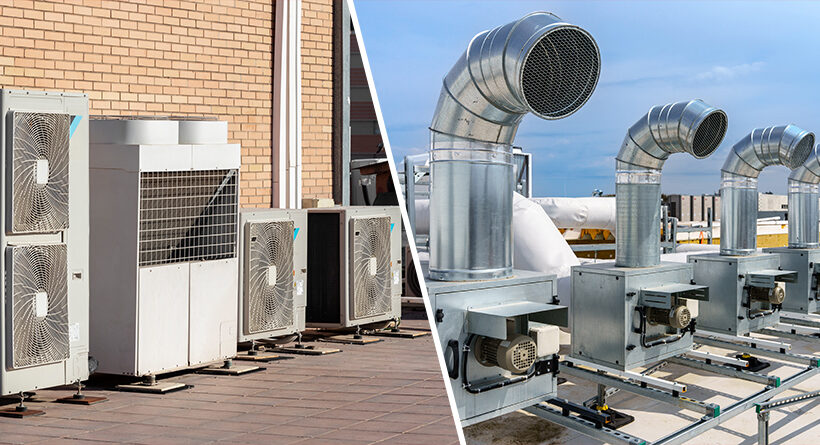
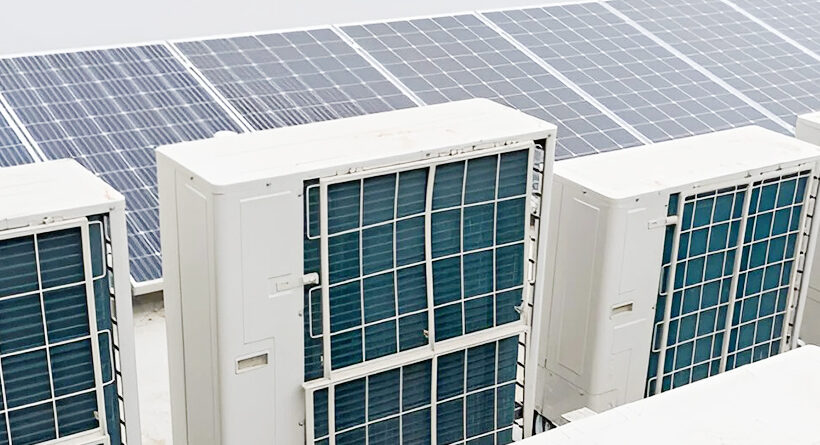
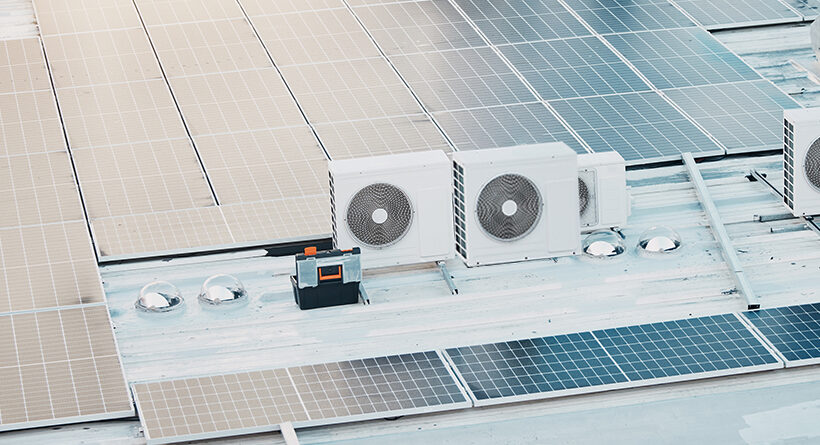
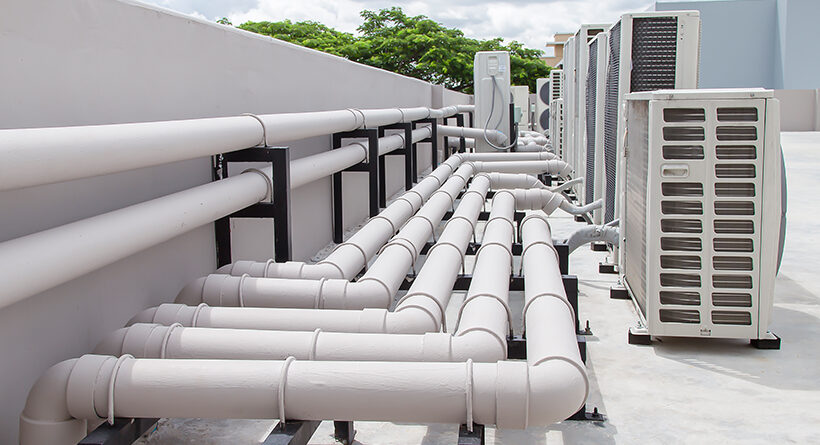

Leave a Reply